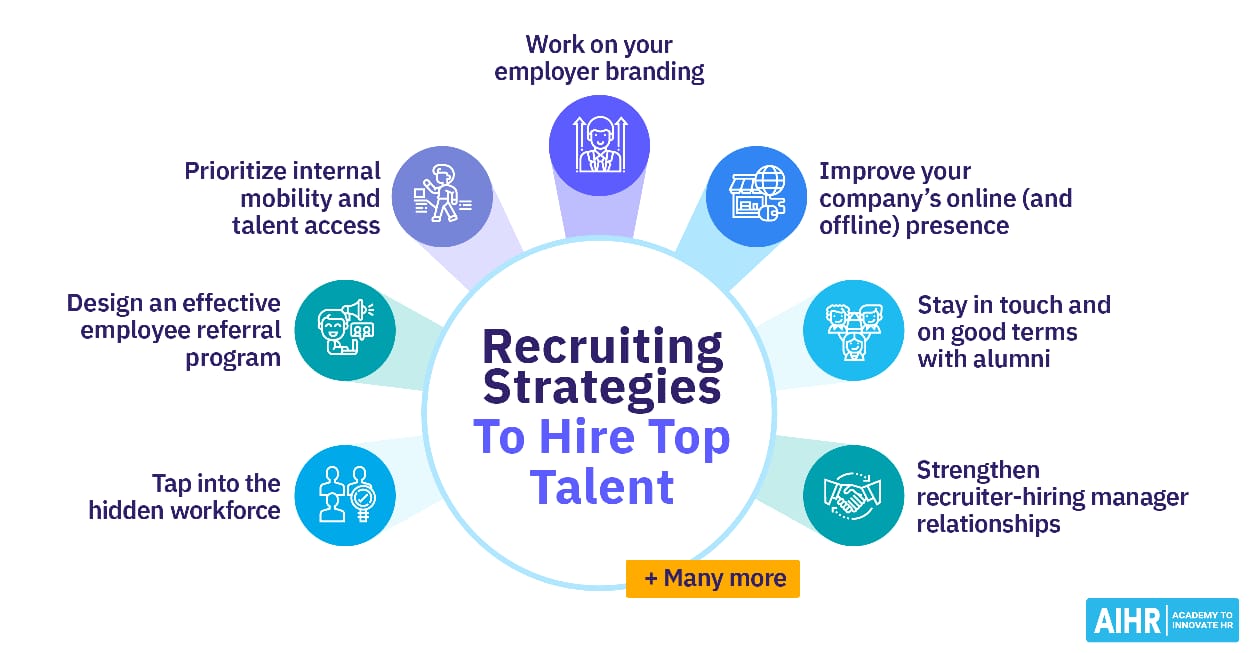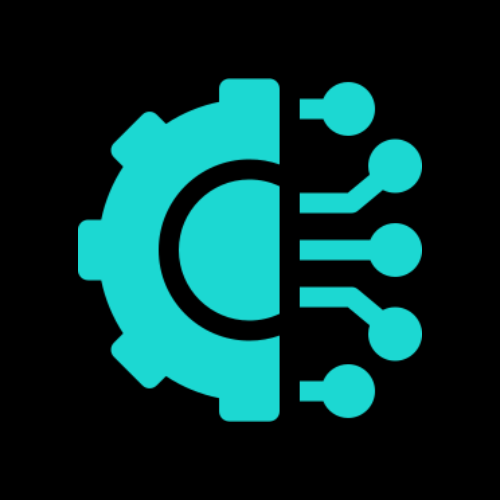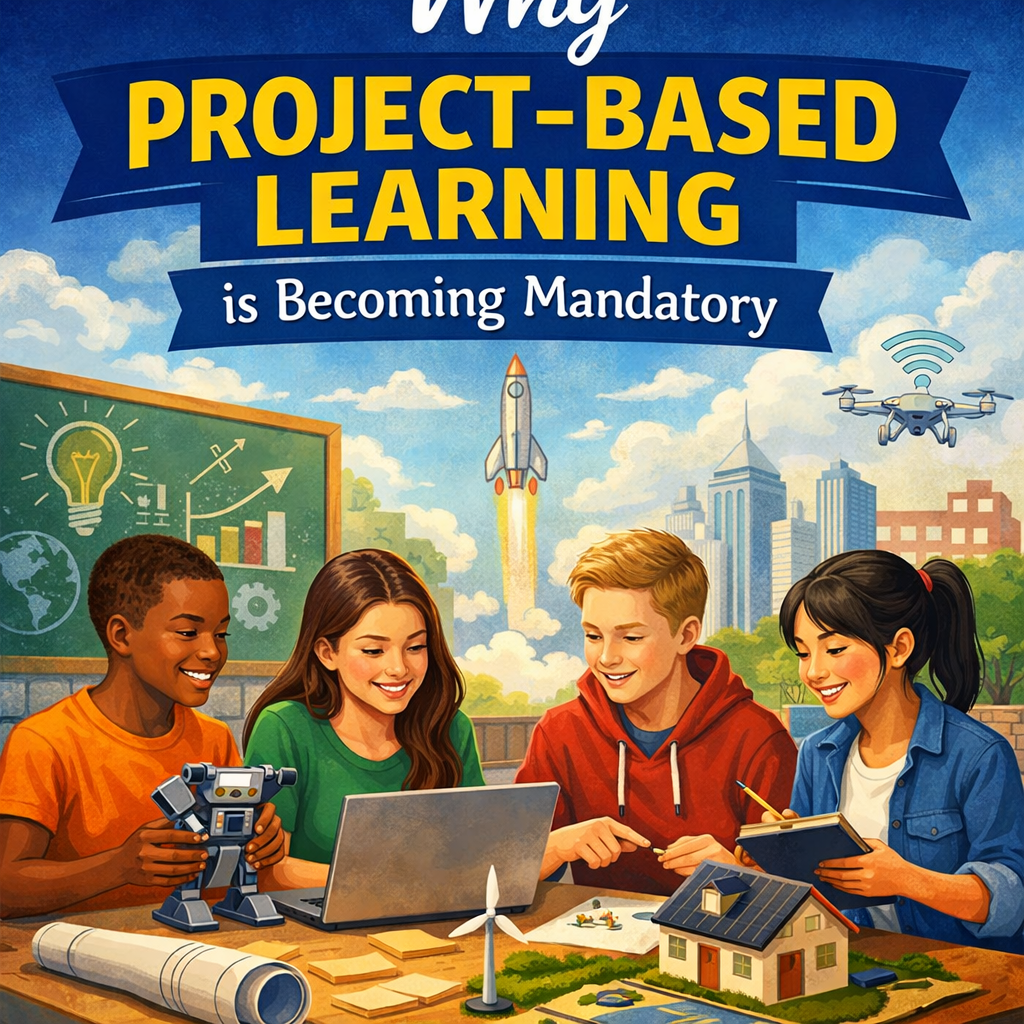Introduction
The recruitment process is like the backbone of every company because hiring the right talent can lead to the growth of the business and determine success. Earlier, the recruiters had to check resumes manually, and it took a lot of time to find a suitable candidate. But in today’s digital era, job tools have made the hiring process smart, fast, and efficient. These tools help recruiters with advanced technology, automation, and AI so that they can identify the best candidate quickly. In this article, we will see how recruiters use the best job tools to find top talent.
Read the summary of this article here.
How Recruiters Use Best Job Tool to Find Top Talent?
1. Advanced Candidate Search
For the recruiter, the biggest challenge is finding the correct talent quickly. Job tools help them to find the correct candidate by providing advanced filters, AI search, and keyboard optimization. It means if a recruiter needs a software developer who has experience in Python, AI, and cloud computing, then they can find the exact candidate through filters. Boolean search options also help where recruiters set multiple conditions to find a list of candidates according to their requirements. These tools show them only relevant resumes, which saves time and refines the talent pool. In today’s time, recruiters do not depend on only job postings, instead targeting niche skill people by using job tools actively.
2. Resume Screening & ATS (Applicant Tracking Systems)
Resume screening is a time-consuming step of the hiring process. If there are 500 resumes for one job, then checking manually is impossible. Here ATS (Applicant Tracking System) helps. This job tool can resume and shortlist based on keywords. For example, if a recruiter is searching for an “SEO specialist with Google Analytics” experience, then ATS automatically filters only those resumes where these skills are mentioned. Like this, an irrelevant resume gets side and recruiters focus only on qualified candidates. The speed of hiring increases with the use of ATS, and the chances of missing a good candidate decrease.
3. Data-Driven Hiring Decisions
Now hiring doesn’t work on guesswork. Recruiters make smart decisions with the use of data and analytics in job tools. These tools analyze the history of candidate, skill match percentage, and even cultural fit. For example, if a recruiter has 10 shortlisted candidates, then the job tool tells the recruiter which candidate is more suitable for this role based on skills and past performance metrics. Besides these tools, they do predictive hiring as well, which means they predict which candidate will stay long-term. Hiring with data-driven reduces by sis and the company’s recruitment
4. Candidate Sourcing Beyond Job Boards
Today’s recruiters are not limited to just job portals. Job tools allow them to source talent from niche platforms like LinkedIn, GitHub, and Behance. This is especially useful when companies want passive candidates – meaning those who are not actively looking for a job but may be open to better opportunities. These tools provide recruiters with an integrated platform where they can track multiple sources and build a strong candidate pipeline. In this way, their reach is not restricted to only active job seekers but also extends to the hidden talent pool.
5. Employer Branding
The best candidate is not only one who applies for a good salary, they applies after seeing the good culture of the company and growth opportunities. Job tools give recruiters a chance to improve employer branding. For example, through these tools, recruiters create engaging job descriptions, videos, and add company testimonials, giving a different impression to the candidate. If a company showcases its work culture, then top talent automatically gets attracted. From employee branding, candidates feel that the company is the right place for them, which is a strong advantage for recruiters.
6. Automated Communication
Communication is very important in recruitment, whether it is application confirmation, interview scheduling, or giving feedback. Job tools automate all these tasks for the accountants. Chat automatically emails and ensures that the candidate gets timely updates. From this experience, the candidate’s performance improves, and the manual workload of the recruiter decreases. For example, if a candidate is shortlisted for an interview, then the system automatically sends them an email and a calendar invite. This automation gives time to recruiters to focus on strategic tasks.
7. Diversity & Inclusion
Modern companies focus more on D&I (diversity and inclusion). Job tools help recruiters in hiring unbiased. These tools anonymize resumes so that recruiters only see skills and experience, not gender, age, or ethnicity. Some tools have filters that help create diverse candidate pools. The benefit of this approach is that the company builds an inclusive culture and grows from different perspectives. For recruiters, this is a positive edge when they want to attract top talent.
8. Collaboration with Hiring Teams
Hiring is not a solo task; it includes the creators, HR managers, and department heads. Job tools provide a shared dashboard where all members can see candidates’ profiles, read them, and add comments. It makes collaboration smooth and decreases confusion. For example, if a hiring manager has given feedback to a software developer, then the recruiter and HR can easily see that feedback and can decide the next step. It makes hiring fast and transparent.
9. Faster Hiring Process
Time-to-hire is a critical metric for companies. If the hiring process is slow, then the best candidates can join another company. Job tools make hiring process easy by automatically doing repetitive tasks like resume shortlisting, scheduling interviews, and communication. These tools show a clear pipeline to recruiters where every candidate position is visible. It makes it easy to identify bottlenecks and the easy oral hiding process. The result is that the company secured top talent quickly without delays.
10. Future of Recruitment Tools
The future of recruitment tools is going to be even more advanced. With AI and machine learning, predictive hiring and personalized candidate recommendations will become more accurate. Video interview platforms will also integrate AI-based assessments that can analyze facial expressions and communication skills. Metaverse and virtual reality hiring are also becoming trends, where candidates can experience company culture in a virtual environment. For recruiters, this means they will have even more powerful tools that will help them hire the best talent in the market quickly and effectively.
Tips for Candidates: How to Get Noticed by Recruiters (Even When They Use Job Tools)?
1. Optimize Your Resume for ATS
The job tool notices all the keywords (like: “project management”, “Excel”, “content writing”) in the job description. And try to include all the keywords in your resume naturally, so that it can be easily shortlisted by ATS.
- Keep the Format Simple
Avoid using complex layouts, tables, images, or fancy fonts. Stick to a clean, basic design with standard fonts like Arial, Calibri, or Roboto. Save your resume as a .docx or PDF file (if accepted).
- Use Standard Headings
Use conventional headings such as:
Work Experience, Education, Skills, Certifications.
Avoid creative or unusual section titles that ATS might not recognize.
- Avoid Graphics and Icons
ATS cannot read visual elements like logos, icons, charts, or images. Job tools keep your resume 100% text-based to ensure all content is scannable.
- Include Both Hard and Soft Skills
Mention relevant hard skills (e.g., Excel, Python, SEO) as well as soft skills (e.g., leadership, teamwork, communication) that are aligned with the job.
- Customize for Every Job
Never send the same resume everywhere. Tailor it for each job application by updating the summary, keywords, and skills to match the role.
You should use tools to create your resume easily. These tools will help you make an effective, impressive, and ATS-friendly resume. Make use of tools like: Jobscan, Teal, Rezi, Resume Worded
These help you compare your resume to job descriptions and improve your ATS score.
2. Keep Profiles Updated to Get Noticed by Recruiter
The recruiters are not limited to only job portals now. They search candidates with the help of job tools like LinkedIn, GitHub, Behance, and other niche platforms. If your profile is not updated, then the regulator will skip you. That’s why you should always update your LinkedIn profile- create a strong headline, write achievements in your summary, and request skills endorsements. A candidate in the IT field should update GitHub regularly with projects and code samples. Designers should create an attractive portfolio on Behance. Writers and marketers should showcase that there are blocks in the article. An updated profile shows recruiters that you are actively growing in your career and that you are serious about your work. It creates a strong impression and increases the chances of getting shortlisted.
3. Build a Personal Brand Online
In today’s digital era, a resume is not enough. Recruiters also check your online footprint through job tools. If you create a strong personal brand in your niche, then you can stand out in front of a recruiter. For example, sharing valuable content regularly on LinkedIn, writing your articles to meet your expectations, and staying active in the professional community authoritatively present you. It is a trusted signal for recruiters that you are not a job seeker; instead, you are an expert in your field. You can also get passive opportunities from personal branding, which means recruiters will approach you on their own without applying. That’s why keep your online presence clean, professional, and value-driven. This is a long-term investment for your career.
4. Prepare for Online Assessments
Many job tools offer you an integrated skill test and online assessment. Recruiters decide which candidates have real skills based on that test. If you have shown the skills only on your resume, but you fail in the test, the chances of getting shortlisted get low. That’s why I always sharpen your skills. If you are in the IT field, then practice coding challenges. If you are in the marketing field, then get ready for the Google Analytics or SEO test. Content writers have to be prepared for sample writing tests. These tests are unbiased and show your capability. If you are performing consistently well on the test, then you are a trusted choice for a recruiter.
5. Engage with the employer
Candidates usually make one mistake, and that is they apply and wait for the response of the recruiter. But in today’s competitive market, attracting the attention of recruiters is equally important. Job tools also show the activity of candidates to recruiters, like candidates’ engagement on LinkedIn. That’s why if you are genuinely interested in any company, then follow their recruiter comments on the thoughtful post and make your presence visible. It creates direct communication which leaves a positive impression. For example, if you are applying for a marketing role and the company has posted about a new product, then sharing your professional view on that post will show you to be active and enthusiastic in front of recruiters.
6. Highlight Soft Skills
Job tools mainly filter candidates based on hard skills – such as coding, marketing, design, or certifications. However, when recruiters make the final decision, soft skills play a very important role. Soft skills like communication, teamwork, leadership, and problem-solving set candidates apart. Instead of simply writing “Good Communication” on your resume, give a real example – such as “Led a 5-member team to deliver a project before the deadline.” During the interview, try to showcase your soft skills naturally. For example, giving clear and confident answers highlights your communication ability. Job tools may help shortlist candidates, but the final hire is made for those who have the right mix of hard and soft skills.
Conclusion
In these ways, a recruiter selects a good candidate with the help of job tools. The most important aspect in job tools is keyword optimization – it can significantly improve your chances of getting shortlisted, along with the helpful tips given above. You need to use all the points and not skip even a single one; otherwise, you may be less than 1% away from being shortlisted. So don’t miss anything.
And if you want to create a strong resume, then you must read this article for tips on making a professional and impressive resume that will help you get shortlisted easily.
Click here to read.







Leave a Reply